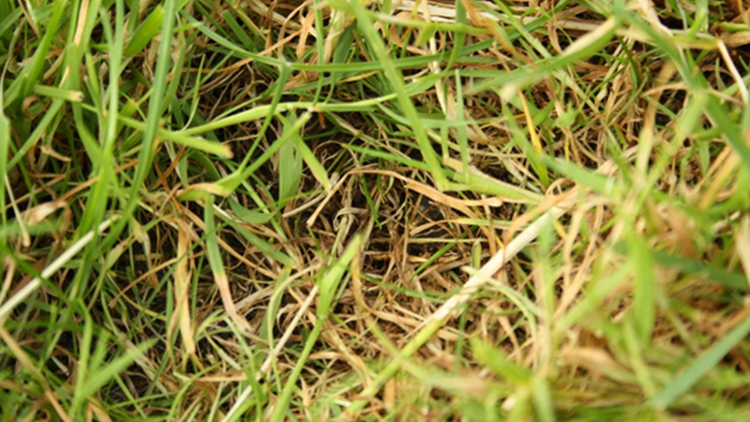Have you completed your sward MOT?
Friday, 31 May 2024
With the Recommended Grass and Clover List of 2023/24 launching soon, this is the perfect time to assess your paddocks.
Thinking of reseeding this autumn? The cost of grass seed is a small proportion of the expense of reseeding – yet taking time to select the right varieties will reap productivity and lifespan benefits. Double-check that your chosen seed varieties are on the list.
The cost of production per litre of milk or kg of liveweight gain is a major consideration for all livestock producers. One of the best ways to reduce costs is to produce more forage on the farm rather than buying feed in.
There is huge potential on grassland farms to increase the amount and quality of the grass and clover that is grown and eaten.
Knowing the performance characteristics of grass and clover is immensely useful for grassland producers. It allows an appropriate selection of varieties that will perform well under a particular system.
The quality of your sward is influenced by the species of grass, previous management and whether clover is present. The target is for 70% of the sward to contain sown species.
To assess what species, you currently have in the sward, pull up a handful of grass plants in several locations. Look out for clover in the sward too; consider introducing white clover if content is below 30%.
The presence of many inferior grass species will compromise nutritional quality, as will large amounts of dead or dying leaves. Grass weeds to look out for include Yorkshire fog, annual meadow grass, couch grass, creeping bent and brome.
Don’t just rely on old varieties, by doing so you could be missing out on millions of pounds worth of investment made by plant breeders to produce new grasses that are far superior in important aspects such as yield, digestibility, and spring growth.
The Recommended Grass and Clover Lists for England and Wales provide recommendations on grass and clover varieties, which are drawn up after rigorous testing for attributes such as yield, persistency, quality, and disease resistance.
The data comes from trials carried out by the NIAB, Barenbrug, IBERS, DLF Seeds, DSV, AFBI and SRUC, and are evaluated by a panel of experts.
Give your pasture an MOT using this checklist
- What proportion of live leaf is there in the sward?
- What grass species are in the ley?
- Is there any clover in the sward?
- Is the population of weed grass much higher than you thought?
- Have your fields been badly poached in recent years?
- Are your leys struggling to support the numbers of livestock they did in the past?
- Is there a reduction in the amount of silage being taken off the field every season?
- Is the speed of regrowth after silage cuts slower than it was?
If the answer is yes to any of these questions:
- Check when you last soil tested and revisit soil fertility.
- Consider your grazing strategy.
- Consider pasture improvement.
Figure 1. High proportion of dead leaf in this sward

Make sure you order your RGCL handbook and guide to find out which varieties perform well in a particular system and which offer resistance against various diseases that cause a loss in grassland productivity.

